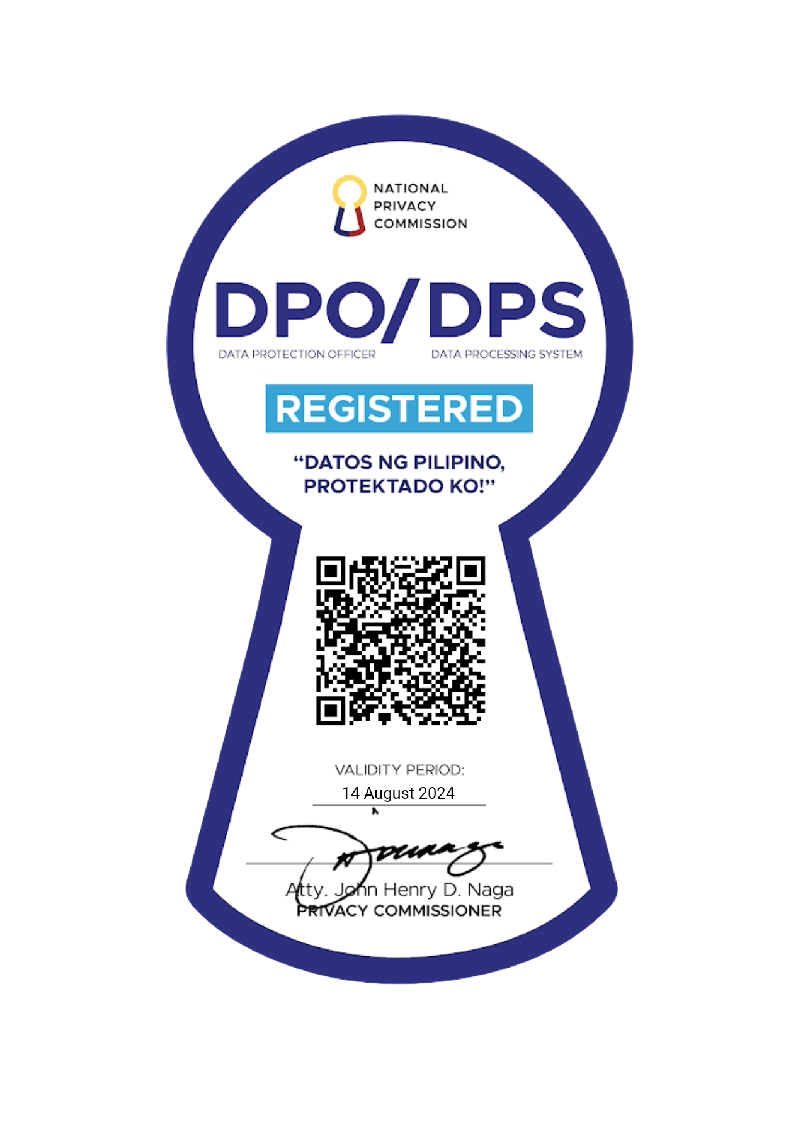-
About Us
Probe CX is a tech-powered, global customer experience organisation that amplifies human capabilities with technological excellence.
-
Vision and Culture
We help our clients become modern digital organisations by combining the latest technology with people, process and data.
-
Executive Team
Meet the team with unmatched experience committed to helping organisations create environments for digitally-enabled CX to thrive.
-
Compliance
Industry-recognised certifications to protect what matters most to our clients and their customers.
-
Locations
Over 19,000 team members delivering exceptional customer experiences across five countries.
-
Reasons to choose Probe CX
The top nine reasons to get more closely acquainted with Probe CX.
TECHNOLOGY & TRANSFORMATION SERVICES
 Creating exceptional customer experiences by 'doing it better'
Creating exceptional customer experiences by 'doing it better'
Optimise your customer experience by designing, deploying and managing digital solutions customised to your unique needs.
Continue reading- Blog
- Conversational AI vs chatbots: what is the difference?
Conversational AI vs chatbots: what is the difference?

Imagine two colleagues tasked with helping customers with enquiries. The first is a hard worker who is more than happy to answer queries 24 hours a day, seven days a week. They don’t take sick days, never need a break and do their honest best to help each and every customer. The only catch is they only know so much and refuse to evolve. Ask a question from a set list and they’ll nail it. Stray from the script though and they will flick the query to a more qualified workmate quicker than they can say: “I don’t understand.”
Then there is their fresh-faced colleague who is equally hard-working but committed to constant improvement. Not only can they facilitate more stimulating interactions with customers, they actually learn from each conversation and are constantly improving. They are more flexible and can jump from one topic to another, a stark contrast from their regimented workmate who is a stickler for rules and thus limited to pre-defined scripts.
Well, the former colleague is the tech equivalent of a traditional chatbot and the latter is powered by Conversational AI. They may do a similar job but one certainly does it more dynamically than the other.

What is a Chatbot?
There are essentially two types of chatbots – scripted chatbots and AI chatbots. The former is the early version of the technology, which can trace its roots to the 1960s when MIT professor Joseph Weizenbaum designed a program that would pair the words that users entered in a computer with a list of possible scripted responses so people would feel like they were interacting with an empathic psychologist. He called his creation Eliza and today the world is home to endless scripted chatbots that are programmed to respond in pre-defined ways to specific questions. They are incredible tools that continue to prove hugely beneficial for many businesses but there is a catch - they fail when presented with a complex query or one not envisaged by the developers.

What is Conversational AI?
Conversational AI is the technology that is addressing that failure and enabling computers to simulate real conversations. Where traditional chatbots rely on pre-written scripts to respond to a limited set of simple queries, virtual agents or AI chatbots are powered by a ‘synthetic brain’ made up of different technologies working in unison to enable a machine to understand, process and respond to human language.
AI, of course, stands for artificial intelligence and it is the presence of that ‘intelligence’ that is taking chatbots to another level. While traditional chatbots are rule-based and follow a pre-determined conversational flow, Conversational AI, at its best, is the opposite. Components and features such as Natural Language Processing, Natural Language Understanding, Machine Learning and Predictive Analytics enable a more dynamic, less constrained user experience than chatbots.
Some of the most common examples of Conversational AI have become staples of everyday life. Digital assistants such as Cortana and Siri and so-called smart speakers such as Amazon Alexa and Google Home are used by millions of people across the globe and, according to one report, more than half of people who own a voice-activated speaker say it feels natural speaking to it and many believe it feels like talking to a friend. That familiarity is only possible due to Conversational AI and that is why ResearchAndMarket.com is predicting the global chatbot will almost quadruple from $2.6 billion in 2019 to an incredible $9.4 billion in 2024.

Chatbots vs Conversational AI – Key Benefits
While there is a huge buzz surrounding the power of Conversational AI, there are still many features that make traditional chatbots a winner with businesses.
Chatbot Benefits
- Quick Deploy Time: if you need to make a customer solution happen quickly, chatbots are your answer as they are relatively easy to deploy within your system. Conversational AI is undoubtedly more powerful and capable but machine learning takes time to shape an AI’s response.
- Customer Intents: while they may not ‘learn’ from previous interactions, most chatbots can still handle up to 200 customer intents. That is, they can navigate that many unique communications with a customer, usually involving a specific combination of keywords.
- Ease of Implementation: chatbots are far easier to roll out than Conversational AI, so much so it is not uncommon for an employee to use a guided process to install and customise a system. After all, they are essentially simple query-and-response systems – if you know what people will ask, it’s easy to upload rapid, basic responses.
Conversational AI Benefits
- Improved Customer Experience: basic chatbots provide customers with basic responses. Contrastingly, Conversational AI is capable of providing rapid and nuanced responses to ensure they receive the information they want with minimal fuss – and don’t they love it.
- Shorter Waiting Times: one of the great advantages of Conversational AI is its ability to handle immense customer loads with minimal fuss. That means less time spent on hold, faster issue resolution and, even if a call is transferred to a human agent, the ability to intelligently gather and display information for their needs.
- Better Use of Time: with Conversational AI ensuring more cases are resolved quickly and a more consistent flow of information, human agents no longer need to spend as much time focusing on repetitive tasks. That means they can spend more time on elevated customer requests, provide more personalisation and ultimately improve customer experience.

Summary
Conversational AI is undoubtedly a more powerful tool but that doesn’t mean the days of traditional chatbots are numbered. Many businesses, particularly smaller operations, will relish them as a more simple and cost-effective means of improving customer service. Then there are those companies that will appreciate that while it may take more time to set up and teach a Conversational AI system, the long-term rewards will come as it is fundamentally better at completing most requests.
The real key is to develop and deploy a chatbot strategy that works best for your organisation. For more insights into the ground-breaking technology, discover 10 Ways Chatbots Can Improve Customer Service with AI.
Related Articles
Artificial Intelligence
What are PDD and SDD In RPA?
Do you know what PDDs and SDDs are in RPA? Here’s the difference between the two, as well as how they develop an automated process.
Technology
How to get started with intelligent automation
RPA can create growth opportunities and reduce operational costs but it is not a 'one size fits all' concept. Learn more in this blog here.
Shared Services
Probe CX navigated the COVID-19 work-from-home debate.
Following the Contact Centre Week interview, Probe CX's CEO Andrew Hume discusses the work-from-home mobilisation of its global organisation and what it means for the future of work.
© Copyright 2024 Probe CX | All Rights Reserved
Privacy Policy | Financial Hardship Policy | Whistleblower Policy | Complaints Procedure | Supplier Code of Conduct | Make a Payment | Client Login





